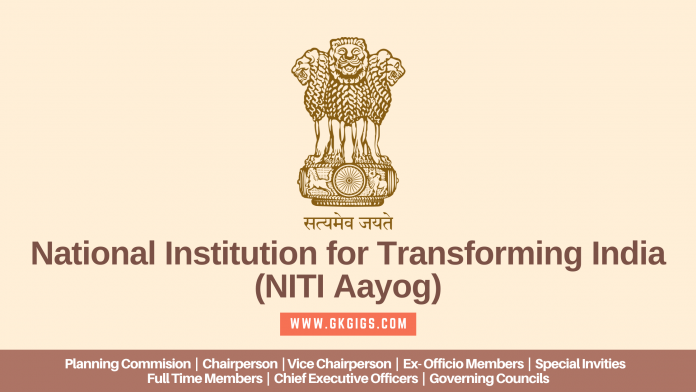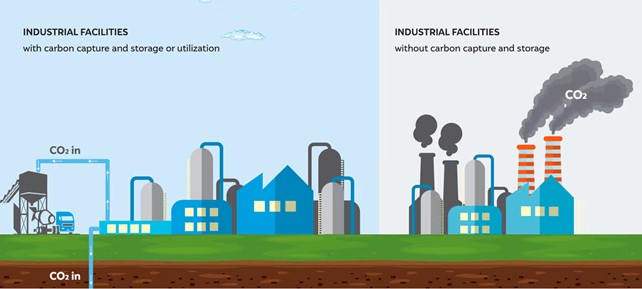World Resources Institute (WRI) in collaboration with Niti Aayog launched a forum, which aims to create a platform to initiate proposals for the development of uniform policies and to achieve significant results in reducing carbon emissions from the transport sector. This project is part of the NDC transport initiative for Asia.
The goal of the collaboration is to increase electric mobility in India. The government of India is working vigorously towards the decarbonization mission, with the vision to obtain sustainable mobility.
The country is investing heavily in its domestic renewable automotive industry with the hope to become the world’s largest e-vehicle manufacturing and supply hub.
The reasons for the government to shift towards an electronic environment are mainly due to the factors that concern the environment. These factors include high CO2 emittance, fossil fuel degradation and other pollutions.

The NDC-TIA project aims to reduce CO2 emittance that comes from the transport sector in the Asian continent. They have set different missions for different countries, for India, the project is inclined towards developing regulatory frameworks and strengthening policies to support electric vehicle deployment.
The strategy to achieve this goal is to create an opportunity for the private and public stakeholders to decarbonize the transport sector.
The growing need for decarbonization is due to the rising transport emissions in Asian countries. In India, the transport sector constitutes the third most CO2-emitting sector.
The transport sector of India is massive and diverse, and the demand for this industry is ever-growing. It will provide a plethora of opportunities for investors, entrepreneurs, and the government. In addition, it will also create employment opportunities in the country.
The government of India launched the PLI (Production-linked incentive) scheme last year for various industries. The budget for the automobile industry in this scheme is INR 57000 Crore, which is spread over a period of 5 years. The idea envisioned here is to commence green mobility in the country and the development of proper infrastructure for electric vehicles in the country. This scheme will help new entrepreneurs land their fleets in the automobile industry.

The NITI AAYOG report: Niti Aayog has not only emphasized the development of the transport sector but also laid plans for those industries where CO2 emissions are on a rise. Niti Aayog says “Carbon capture utilization and storage (CCUS), technology is used to decarbonize carbon dioxide from high-polluting sectors such as steel, cement, oil, gas, petrochemicals and fertilizers, has a critical role to play to halve the carbon dioxide emissions by 2050”.
The CCUS technology will play an important role in reducing carbon dioxide levels while continuing to develop sustainably at an unprecedented pace.
The main challenge in implementing this plan for Niti Aayog would be getting the consensus of different ministries on the matter. They would have to plan in such a way that it would incline towards the different projects of the government. The other major challenge for the government would be engaging the private sector to collaborate with them. CCUS technology may involve heavy cash outflow, the government has to develop a policy framework that would benefit the private sector in a way, that they would willing to make such an investment.

CCUS encompasses technologies to remove CO2 from the polluted air that is released into the atmosphere by upcycling the carbon dioxide for utilization and determining a safer way to contain it to reverse its negative impacts. This stored. carbon dioxide can be used for the production of fuels namely methane and methanol, plastic components, and fire extinguishers, in the agriculture and the pharmaceuticals industry.
The report of the Niti Aayog stressed the production of clean products in the economy. The report also demanded a policy framework that would support the creation of sustainable and viable markets for CCUS projects.
The policy further stated to implement the CCUS project to its fullest potential by giving carbon credits or incentives based, to seed and foster the growth of the CCUS sector in India.
The target of the report is to achieve 50 per cent of its total installed capacity from non-foil-based energy resources and a 45 per cent reduction in emission intensity by 2030. Niti Aayog further anticipates that India would attain its net zero emission target by 2070.
Written by Pratham Khemka
Edited by Mehak Vohra
